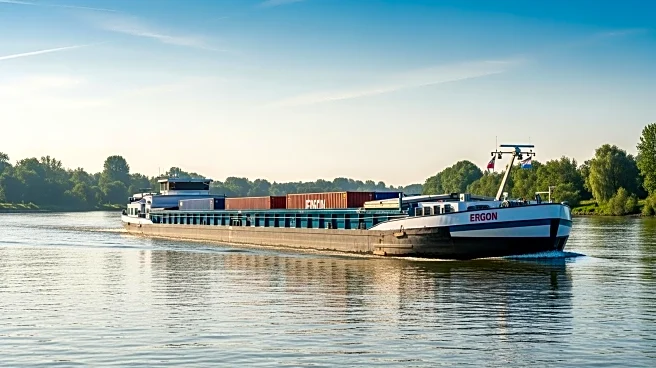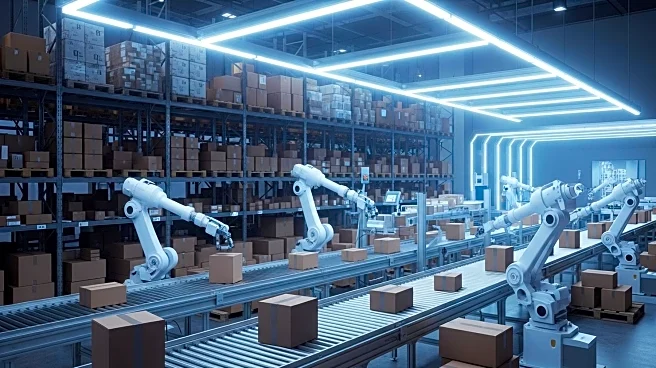What is the story about?
What's Happening?
Fashion and consumer goods brands are navigating complex supply chain challenges, including tariffs, inflation, and labor shortages. The industry is increasingly focusing on digital transformation to build resilient supply chains. This involves integrating systems for better visibility and agility, leveraging AI for smarter forecasting, and exploring nearshoring to reduce dependency on specific regions. The emphasis is on proactive planning and collaboration with suppliers to mitigate disruptions.
Why It's Important?
The shift towards digital transformation in supply chains is crucial for fashion brands to remain competitive and resilient in a volatile global market. By enhancing visibility and agility, brands can better anticipate and respond to disruptions, ensuring continuity and efficiency. The adoption of AI and analytics can lead to more informed decision-making, optimizing operations and reducing costs. This transformation is not only about immediate challenges but also about positioning brands for long-term success in a rapidly changing environment.
What's Next?
Fashion brands will continue to invest in digital tools and strategies to strengthen their supply chains. The focus will be on building partnerships and infrastructure that support flexibility and innovation. As brands implement these changes, they will need to monitor their effectiveness and adapt to new challenges. The industry will also watch for regulatory developments and trade policies that could impact supply chain dynamics. Overall, the goal is to create a more resilient and sustainable supply chain model.
AI Generated Content
Do you find this article useful?













